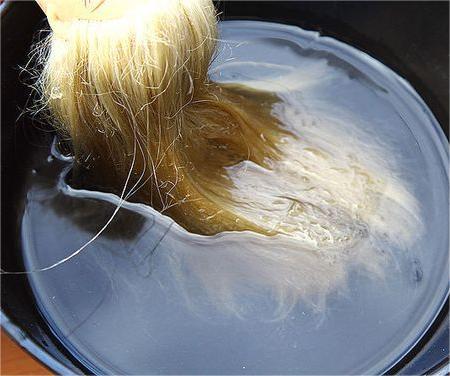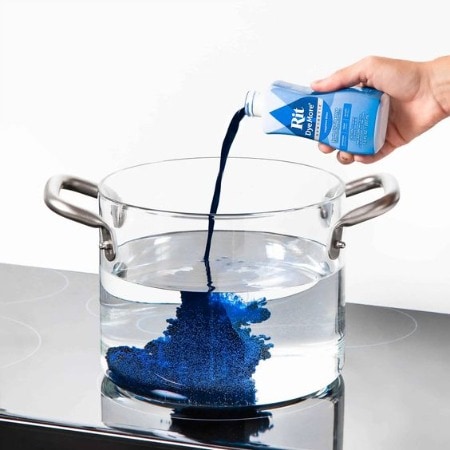Synthetic wigs are very affordable wigs, and if it so happens that you have an unused wig and are storing it properly, then you can try DIY dyeing to get a new wig. Unlike real hair, there are a few different precautions for coloring synthetic hair, and this blog will bring you step-by-step instructions for the safest and most effective dyeing.
Can You Dye Synthetic Wigs?
Absolutely. Synthetic wigs are dyed in a slightly different way compared to natural human hair dye. Because synthetic wigs are made of synthetic fibers like nylon or acrylic, they cannot absorb regular hair dyes like human hair. So, don't just start acting straight away as if you were dyeing real human hair, or you might get very unsatisfactory results. To dye a synthetic wig, you will need to use dyes made specifically for synthetic fibers, such as alcohol-based inks or acrylic paints, which adhere better. Now keep browsing to come to the detailed hair coloring procedure!
How to Dye a Synthetic Wig?
What I Always Gather First
Before I start, I make sure I have these items ready:
◆ My synthetic wig
◆ Fabric dye specifically formulated for synthetic materials (e.g., polyester or acrylic)
◆ Gloves
◆ Old towel or cloth
◆ Conditioner for synthetic wigs
◆ Wide-tooth comb
◆ Hair clips or pins
◆ Optional: heat styling tools (on the lowest setting)
Pro Tip Before We Start:

Source: Pinterest
I always throw on an apron or some old clothes before dyeing—synthetic dye loves to stain everything, especially my favorite outfits. Gloves go on immediately because once this dye gets on the skin, it doesn’t budge easily.
Step 1: Choosing the Right Dye
After plenty of trial and error, I’ve found that fabric dyes formulated for polyester or acrylic work best. Regular hair dye? Completely useless here. If I want a subtle color change, I go for semi-permanent dyes, which blend beautifully without overpowering synthetic fibers.
Step 2: Prepping the Wig (Don’t Skip This!)
Before dyeing, I always give my wig a quick spa day:
✔️ Wash it with mild shampoo to remove any product buildup—leftover dirt or residue can lead to patchy color.
✔️ Use cold water only! Hot water can melt or frizz synthetic fibers.
✔️ Gently squeeze out excess water, but never wring it. The wig should be slightly damp before dyeing.

Source: Pinterest
Step 3: Mixing the Dye
I start by boiling a pot of water and mixing in the fabric dye according to the instructions. Once it’s fully dissolved, I carefully place the wig into the dye bath, keeping the heat on low. I always keep a close eye on it—the color develops fast, sometimes within minutes!

Source: Pinterest
Step 4: Rinsing the Wig
As soon as I achieve the perfect shade, I rinse the wig under cold running water until the water runs completely clear. This step takes longer than expected—once, I rushed it and ended up ruining a wig. Lesson learned: patience pays off!
Step 5: Post-Dye Care
While the wig is still damp, I work a little argan oil conditioner through the ends to keep it soft and manageable. Then, using a wide-tooth comb, I gently detangle from the tips upward—tugging at the roots can cause irreversible frizz.
Be Careful With Heat Styling Tools
I recommend leaving your wig to dry naturally, and if you do use a hair dryer, choose a cool setting. Also, please use a curling iron and hair straighter with caution to avoid damaging the fibers.
Can You Bleach a Synthetic Wig?
Not recommended. We do not recommend using human hair bleach to bleach or lighten synthetic wigs because the chemicals can damage the synthetic fibers. However, you can use a combination of hydrogen peroxide and baking soda to bleach chemical fiber wigs.
Can You Use Hair Dye on a Synthetic Wig?
No, please use specialized dyes. Synthetic hair fibers cannot absorb regular hair dyes as well as natural human hair. Using regular hair dyes on synthetic wigs may not result in any noticeable color change and may even damage the synthetic fibers.

